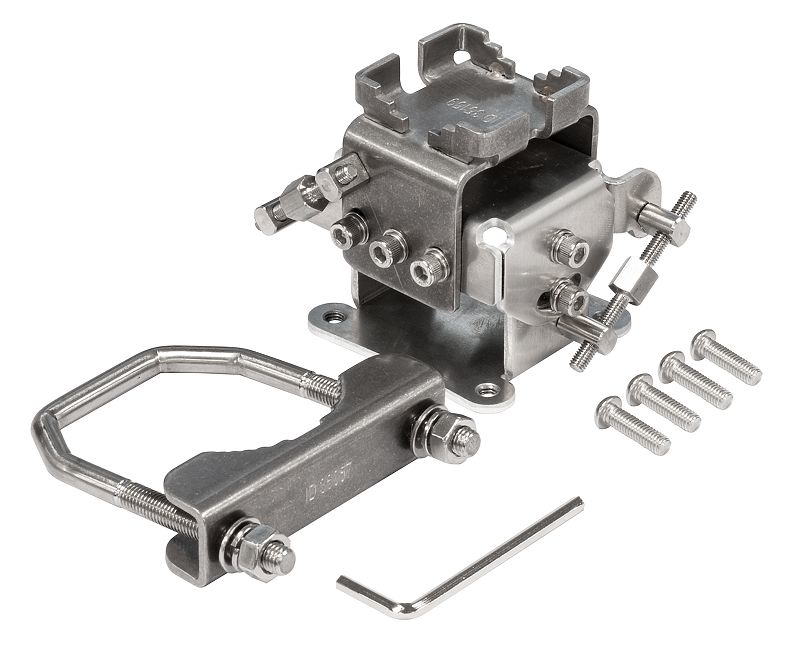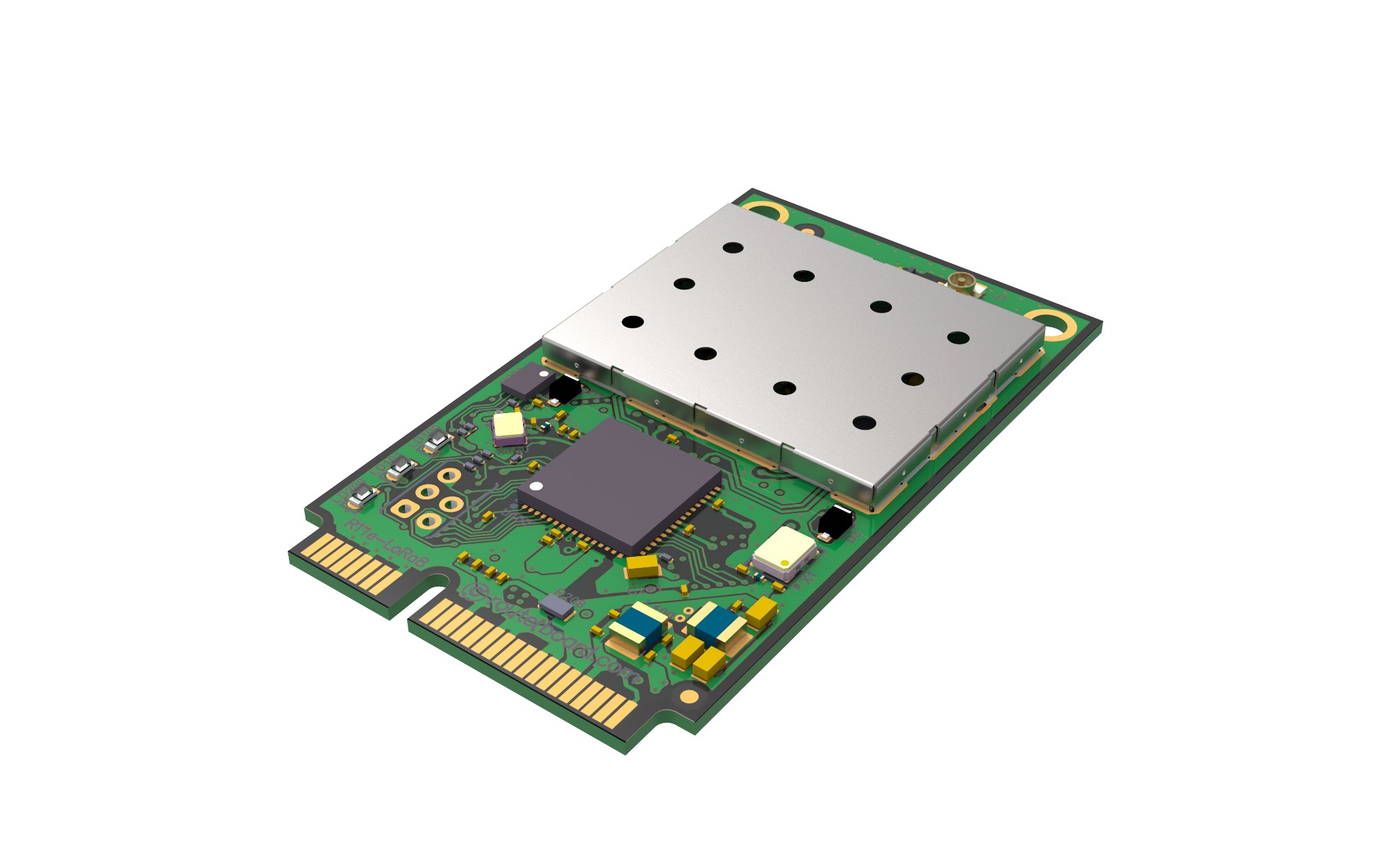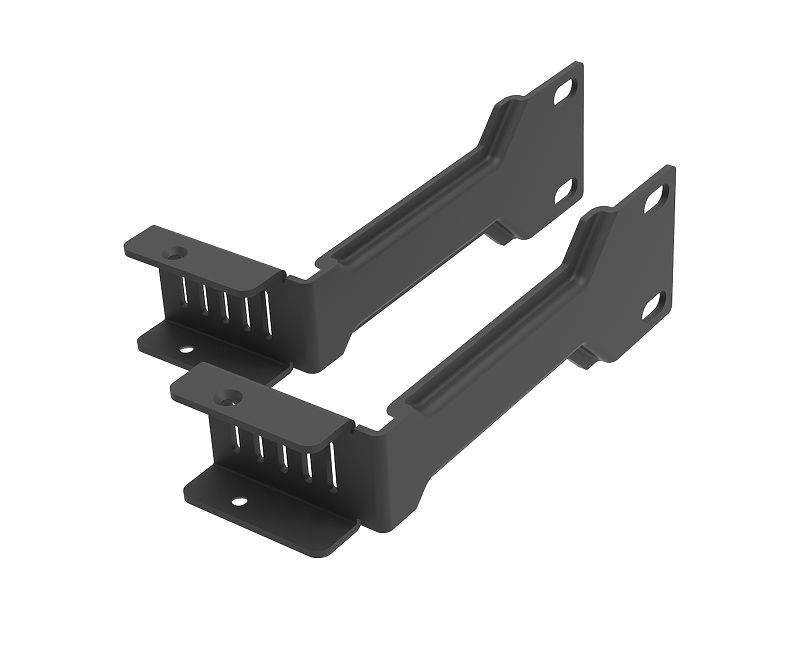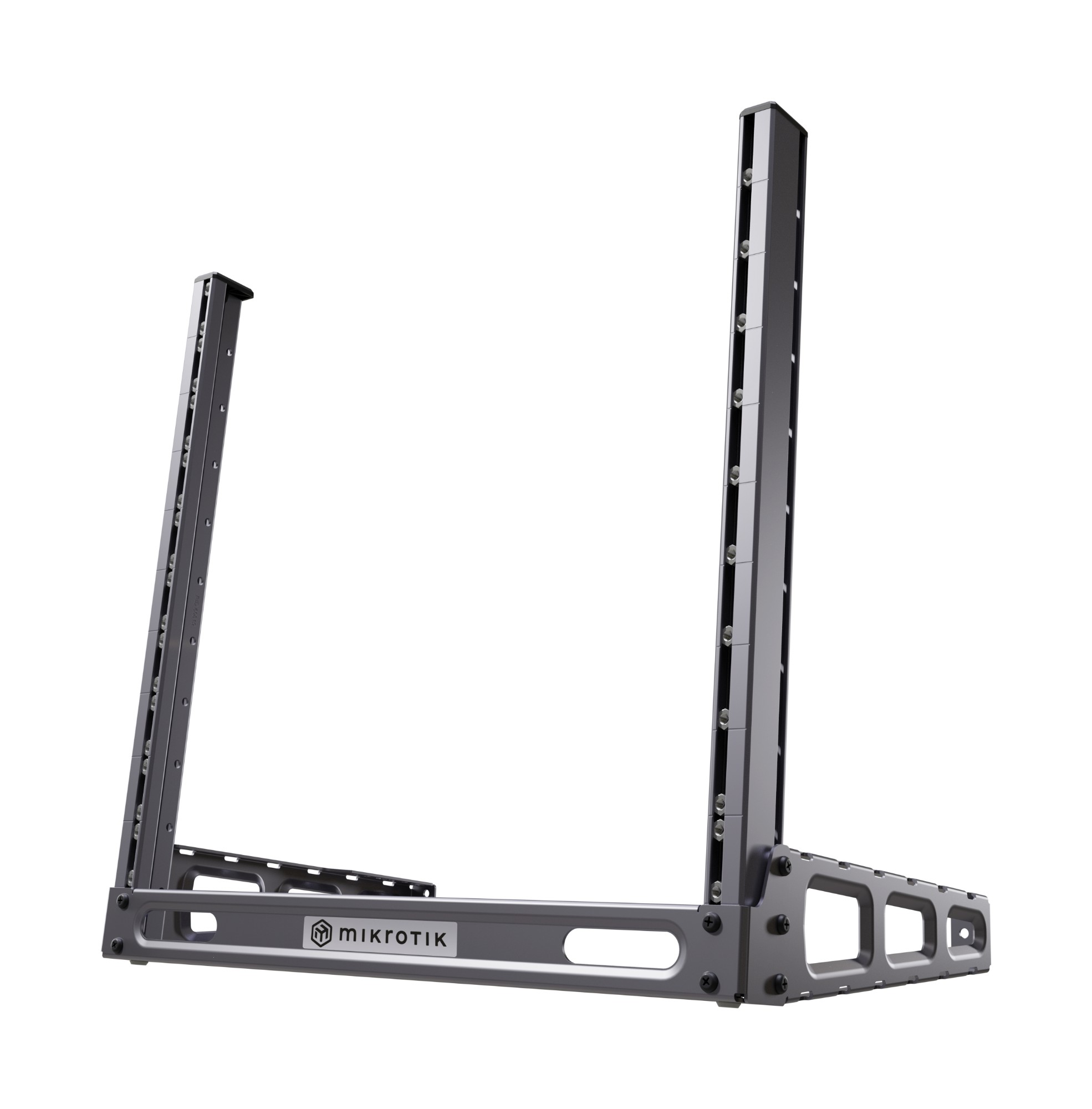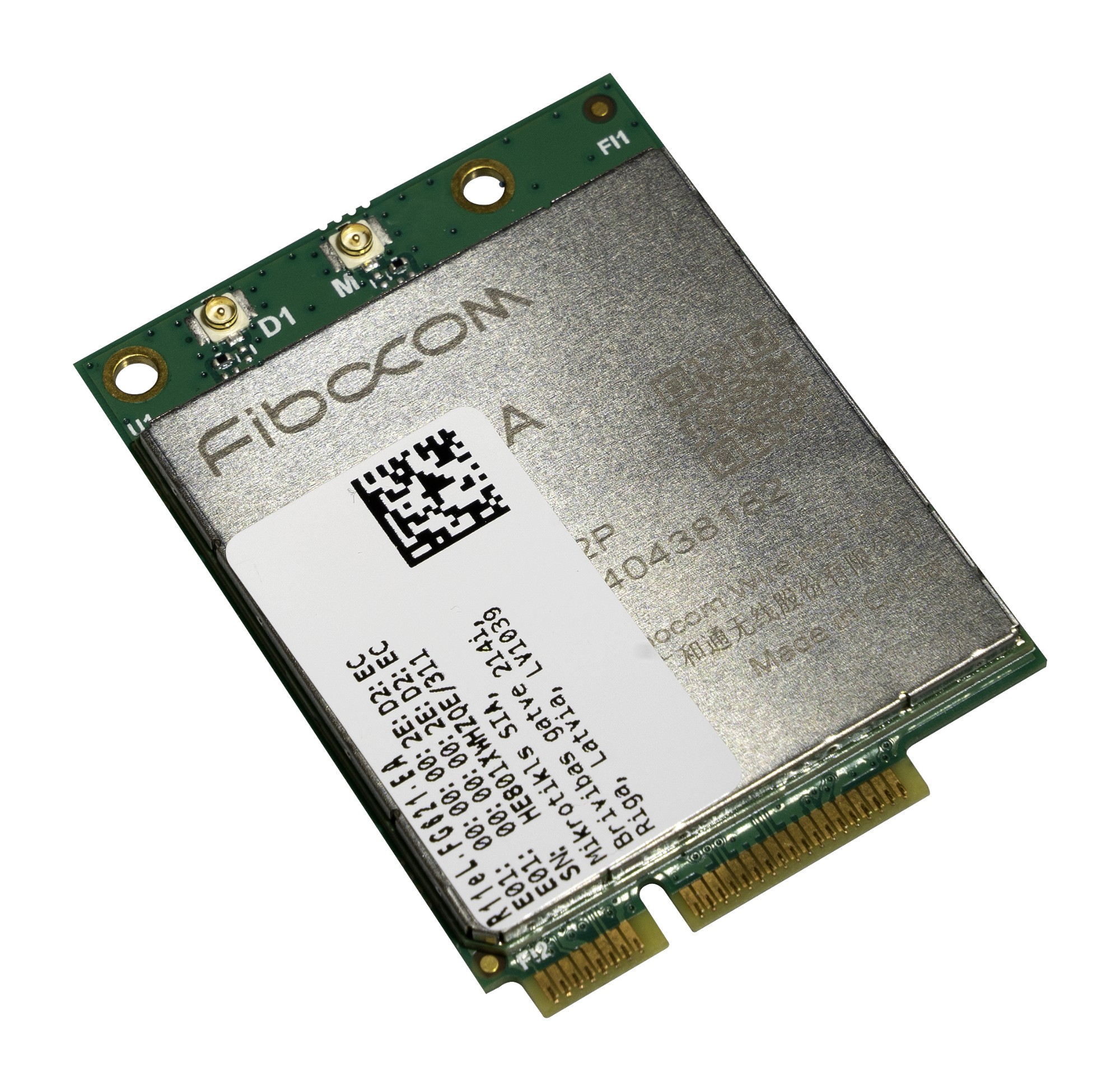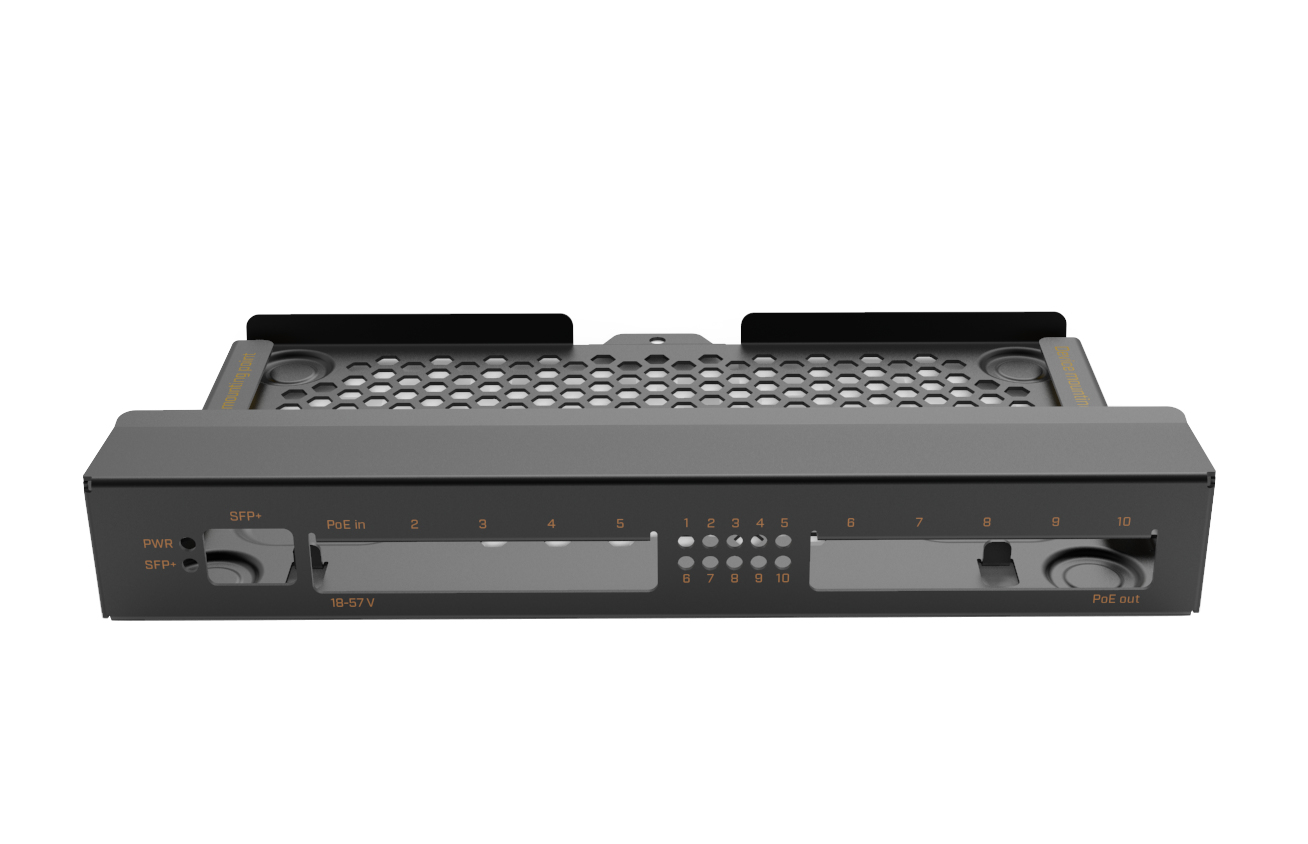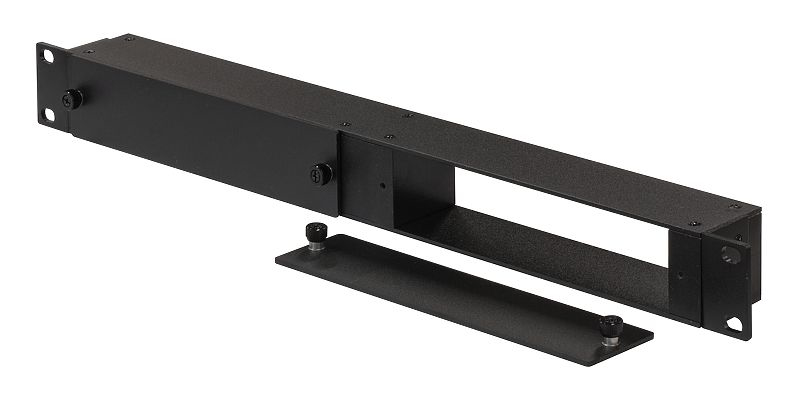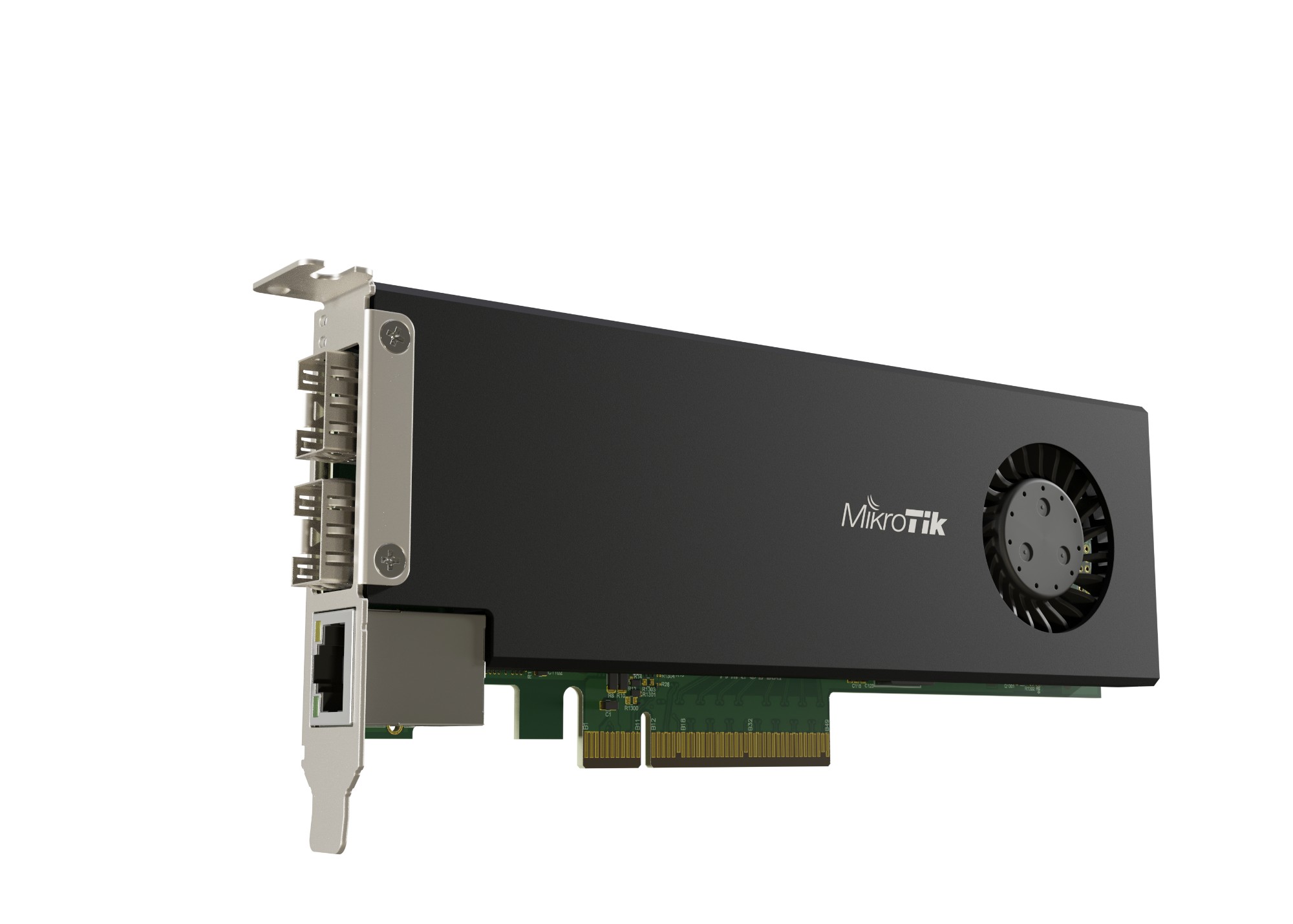Mikrotik
10 –
18
of
18
Availability
Sort by
Advance Filters
Mikrotik
Mikrotik SOLIDMOUNT Mikrotik solidMOUNT Metallic Metal
An advanced pole mount adapter for LHG series products
Part# SOLIDMOUNT
SKU S19454
Mikrotik
Mikrotik R11e-LR8 Mikrotik R11e-LR8 Internal
MikroTik is bringing you new, powerful products for LoRa® for the fraction of the cost you would expect.R11e-LR8 is a new concentrator Gateway card for LoRa® technology in mini PCIe form factor based on Semtech SX1301 chipset. It enables LoRa® connectivity for any MikroTik product that has mPCIe slot with connected USB lines.With the support of 8 different channels, Listen Before Talk (LBT) and spectral scan features this product will astound you with its enticing price point.Operates in 863-870 MHz frequency (used in European Union, Russia, India etc.)
Part# R11e-LR8
SKU S19454
Mikrotik
Mikrotik K-65 Mikrotik K-65 rack accessory Mounting bracket
Rackmount ears for RB4011 series, for installing units in standard rack
Part# K-65
SKU S19454
Mikrotik
Mikrotik SR-10U Mikrotik SR-10U rack accessory Rack shelf
SolidRack 10SolidRack 10 is a 19â 10U rack with adjustable angle and additional space for cable management.Mount it under the table or put it on the table â like we do it in our testing department. You can even attach a multi-plug extension cord to the back of this sturdy and lightweight aluminium rack.The package includes screws for 10 devices, as well as nuts and screws for mounting the rack itself. While this is not a revolutionary product, we hope it can make the lives of system administrators, engineers, and testers a little bit easier.Compatible with all MikroTik (and other vendor!) devices that would fit in a standard 19â rack. But thereâs more! With the small K-79 accessory kit, you can fit up to four RB5009UG+S+IN routers in a single 1U rackmount space or up to 40 routers in total!
Part# SR-10U
SKU S19454
Mikrotik
Mikrotik R11EL-FG621-EA Mikrotik R11eL-FG621-EA Internal
An extra cost-effective upgrade of our previous R11 LTE6 modem. It offers the same speed (up to 300 Mbps) and features as the earlier version, but the price is even lower!This mini-PCIe modem is designed for the EMEA/APAC/Australia regions, and the supported frequencies include the popular B28 band.Carrier aggregation allows the R11 to use multiple bands simultaneously. That is a huge advantage in areas with many LTE users. It provides better responsiveness in a crowded environment and higher efficiency for weaker signal situations in the countryside. Depending on the service provider, we have seen Internet speed doubling in rural areas after switching to carrier aggregation!The form factor is fully compatible only with the full-sized LtAP. However, the card will be recognized by any RouterOS product when inserted in a PCIe slot or a USB using an adapter.
Part# R11EL-FG621-EA
SKU S19454
Mikrotik
Mikrotik WMK4011 Mikrotik WMK4011 mounting kit
The RB4011 wall mount kit is made for protecting your device and itâs ethernet ports from unauthorised access. Made from durable steel, the mount attaches to a wall and allows the ethernet cables to be plugged in, before the router is mounted inside. This means that once the device is secured, there is no easy way to unplug cables, or move the device.
Part# WMK4011
SKU S19454
Mikrotik
Mikrotik CWDM-CHASSIS-2 Mikrotik CWDM-CHASSIS-2 rack accessory Mounting bracket
1U Chassis bracket that can hold two CWDM-MUX8A units
Part# CWDM-CHASSIS-2
SKU S19454
Mikrotik
Mikrotik CCR2004-1G-2XS-PCIE Mikrotik CCR2004-1G-2XS-PCIe Internal Ethernet / Fiber
A smart PCIe network interface card that adds full-fledged router capabilities to your servers. The smart and easy way to create 25 Gigabit networks if you want to save space in your server room!Save space in your server room by adding a real CCR2004.. within the server itself! This unique product combines a simple 2x 25 Gigabit PCIe Ethernet adapter with the impressive capabilities of a fully-fledged router.By default, the PCIe interface will show up as four virtual Ethernet interfaces. Two interfaces in passthrough mode to the 25G SFP28 cages. Remaining two virtual Ethernet-PCIe interfaces are bridged with the Gigabit Ethernet port for management access. The user can configure all interfaces and settings freely since we are running fully functional RouterOS here.To get this CCR device to work as an NIC, a new Passthrough mode was implemented. Basically, a FastForward FastPath mode that can also pass hardware link statuses.This NIC can reach wire-speed (100Gbps) with Jumbo frames. It ensures that in most server setups this CCR network card will not be the bottleneck.With 4 GB of RAM, 128 MB of NAND storage, and a powerful quad-core ARMv8 64-bit CPU, this device can handle a lot: firewalls, user management and access control for home media and file servers, and even some traffic control in data centers â without the need for a stand-alone router.This form-factor does come with certain limitations that you should keep in mind. The CCR NIC card needs some time to boot up compared to ASIC-based setups. If the host system is up before the CCR card, it will not appear among the available devices. You should add a PCIe device initialization delay after power-up in the BIOS. Or you will need to re-initialize the PCIe devices from the HOST system.We are looking forward to see your unique use-cases for this unconventional device: a simple high-speed networking card combined with a powerful Cloud Core Router.Unleash the potential of your server with the fierce power of RouterOS!
Part# CCR2004-1G-2XS-PCIE
SKU S19454
Get a Quote

Item(s) added to cart

©2025 IT VISION NETWORKS CANADA INC – All Rights Reserved. BN: 717291223 OCN: 1001150813

 0
0
